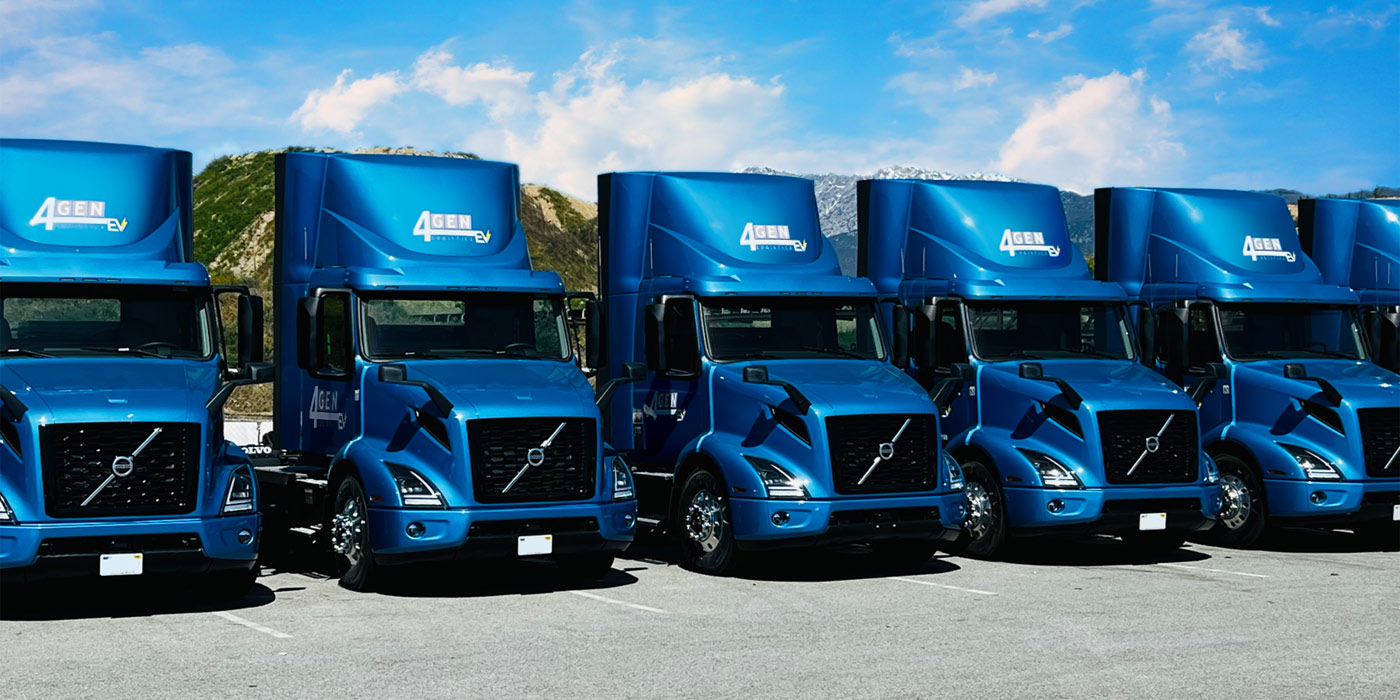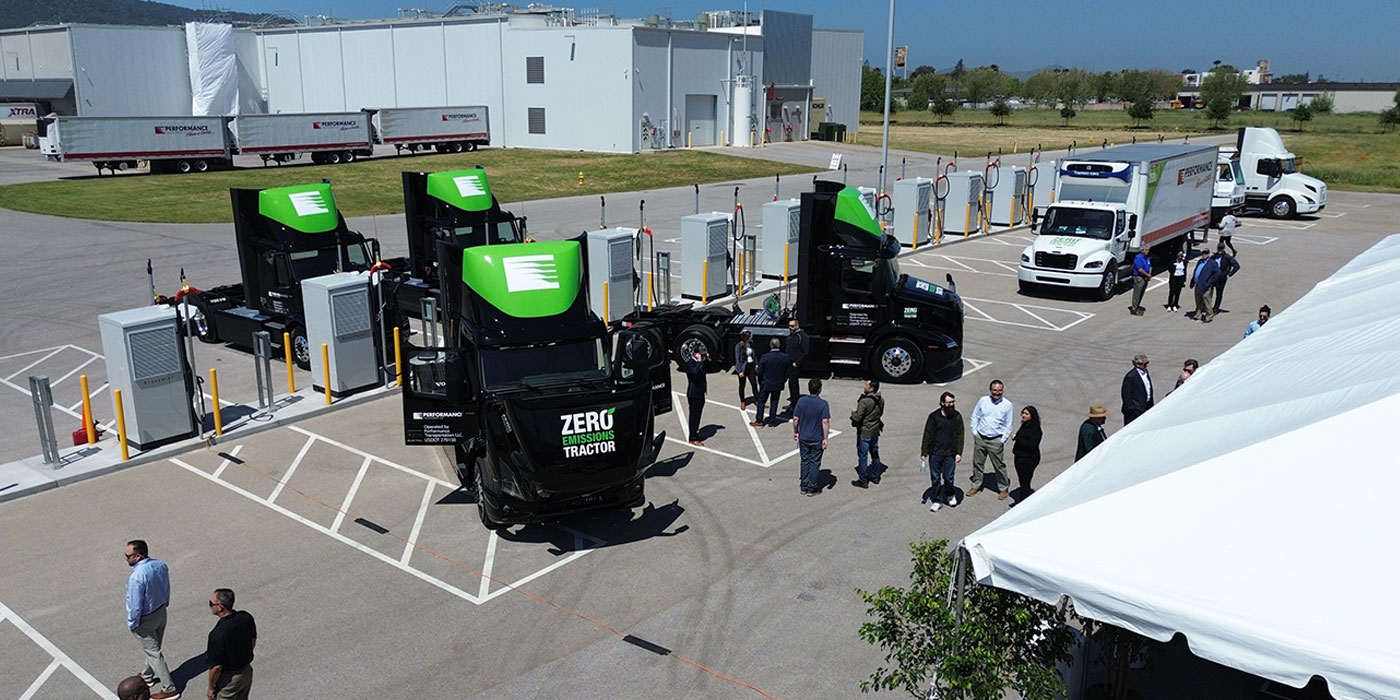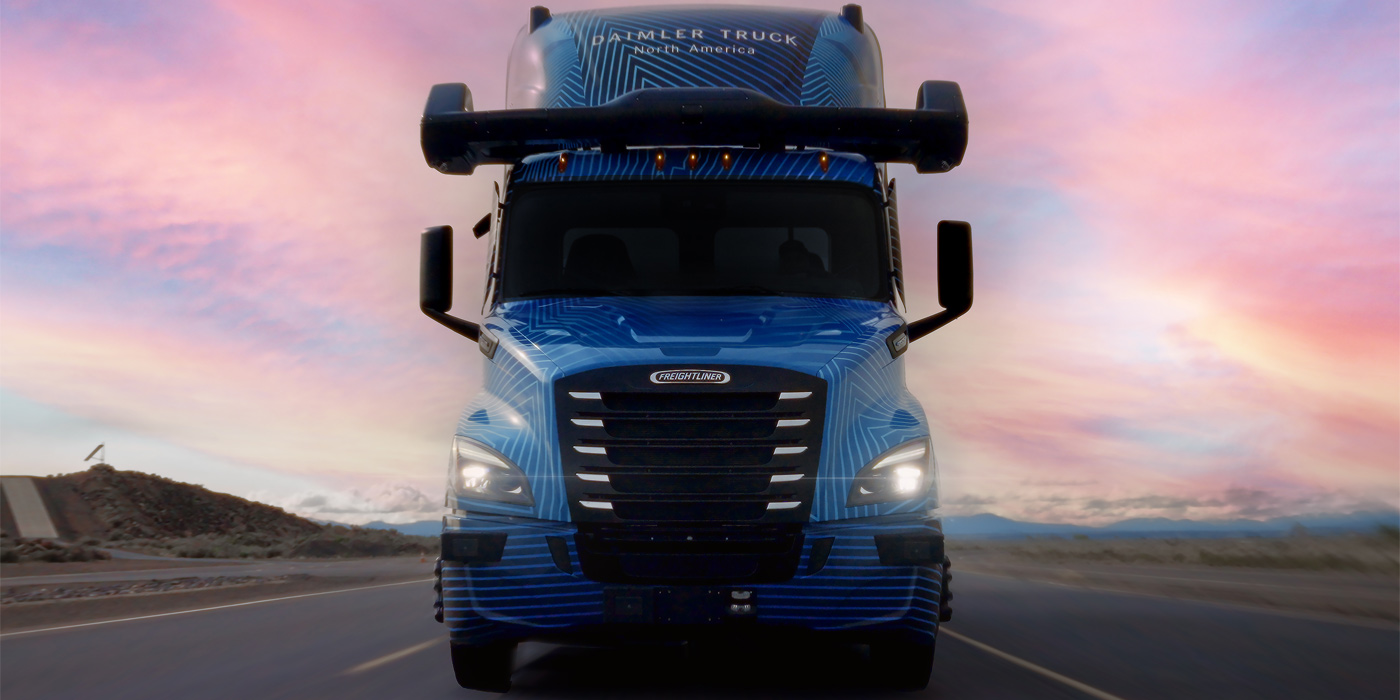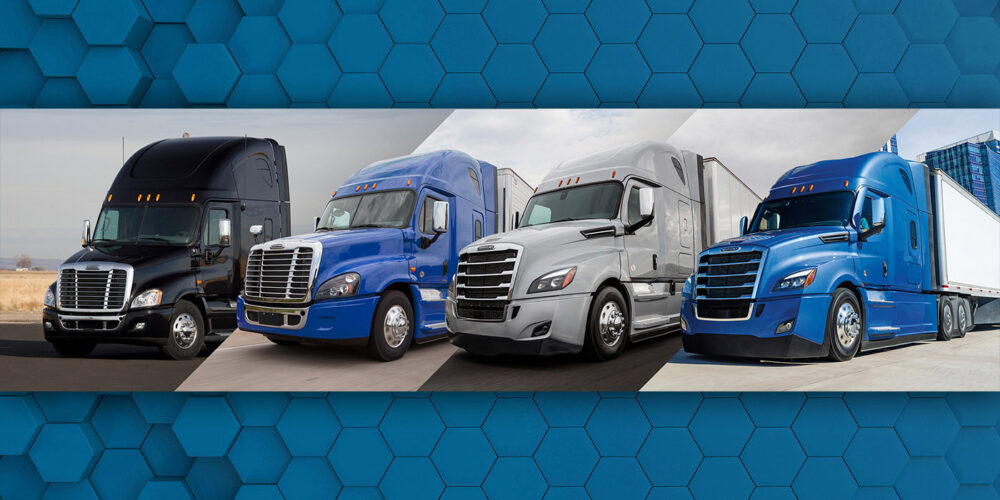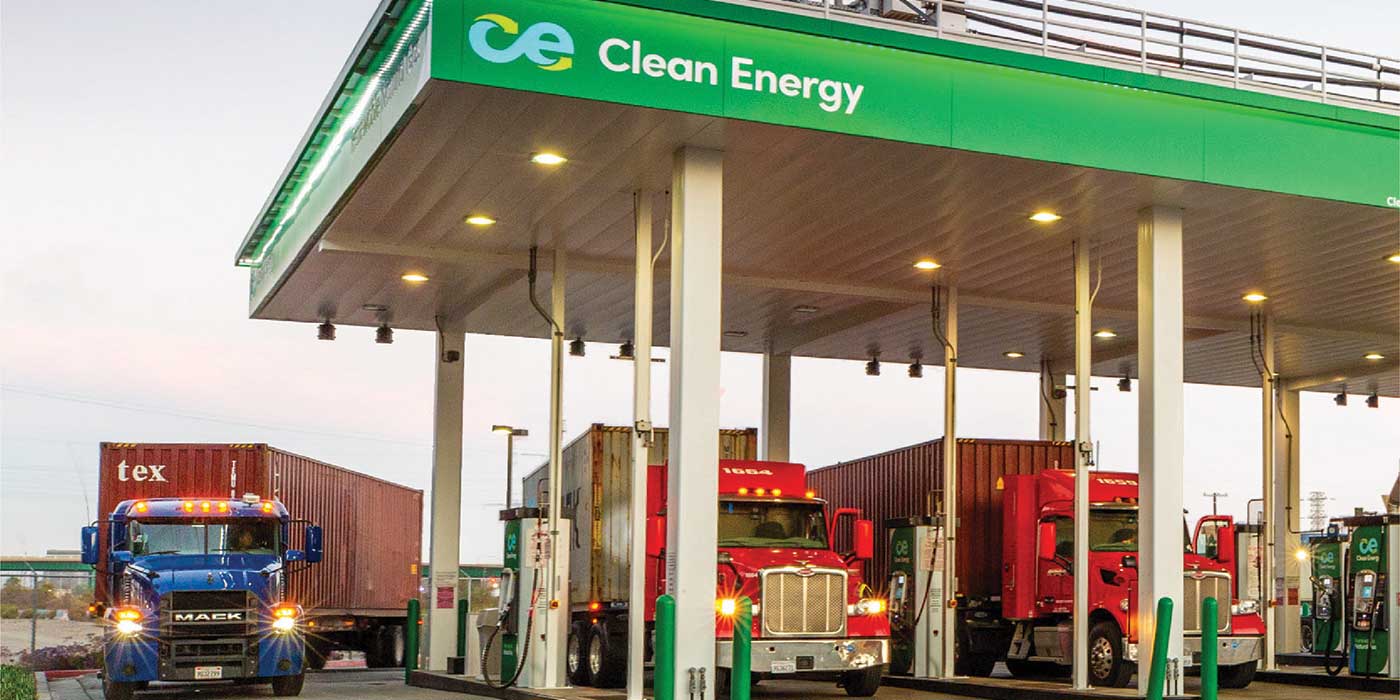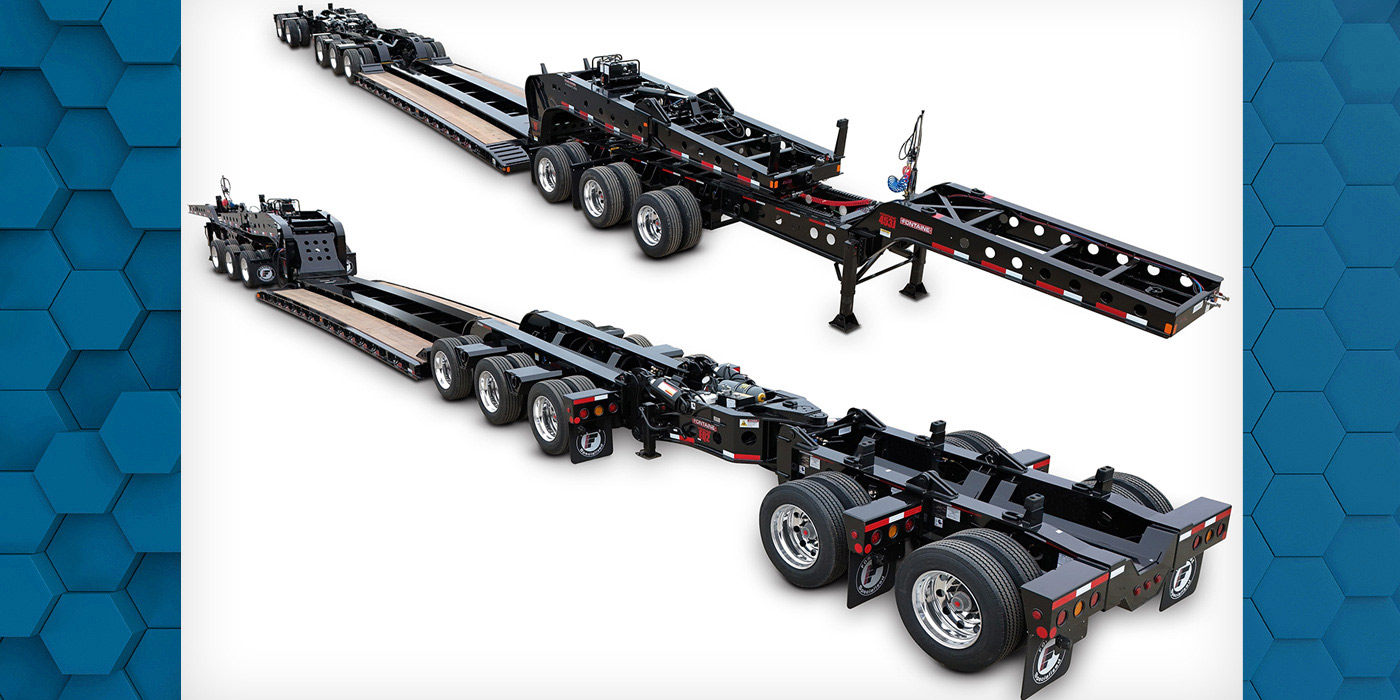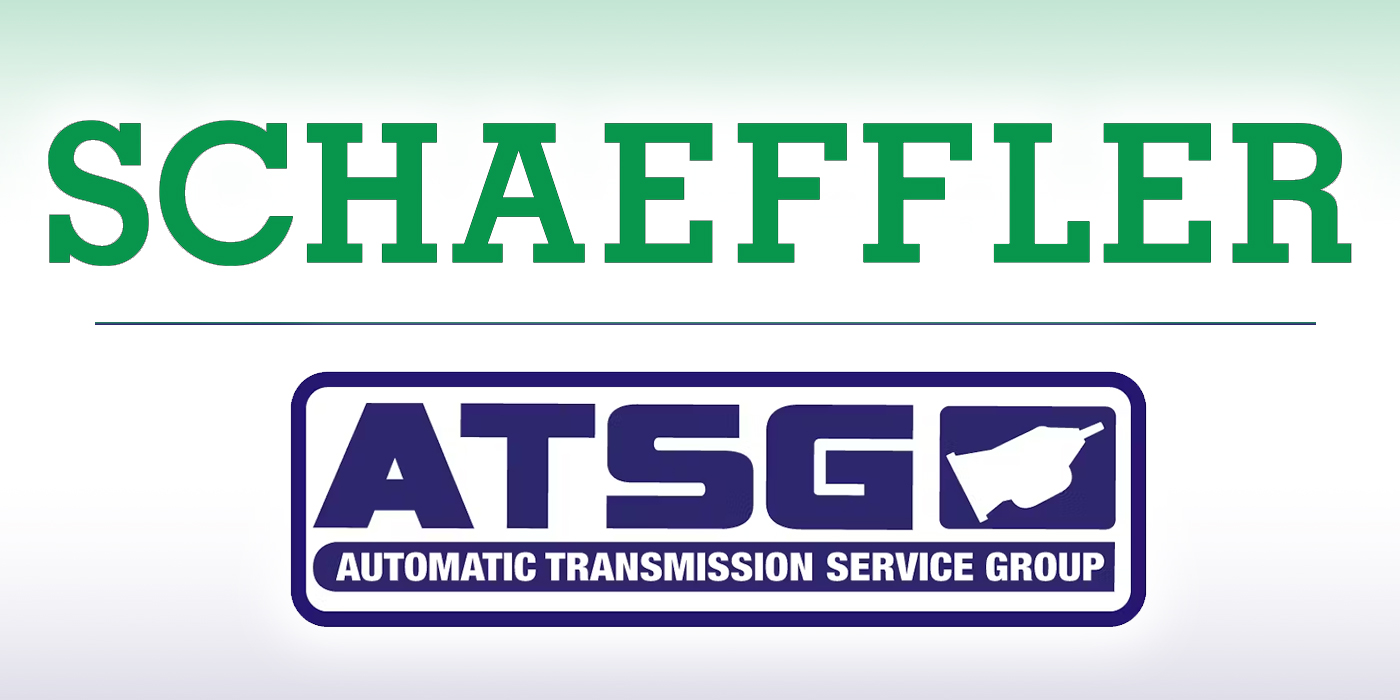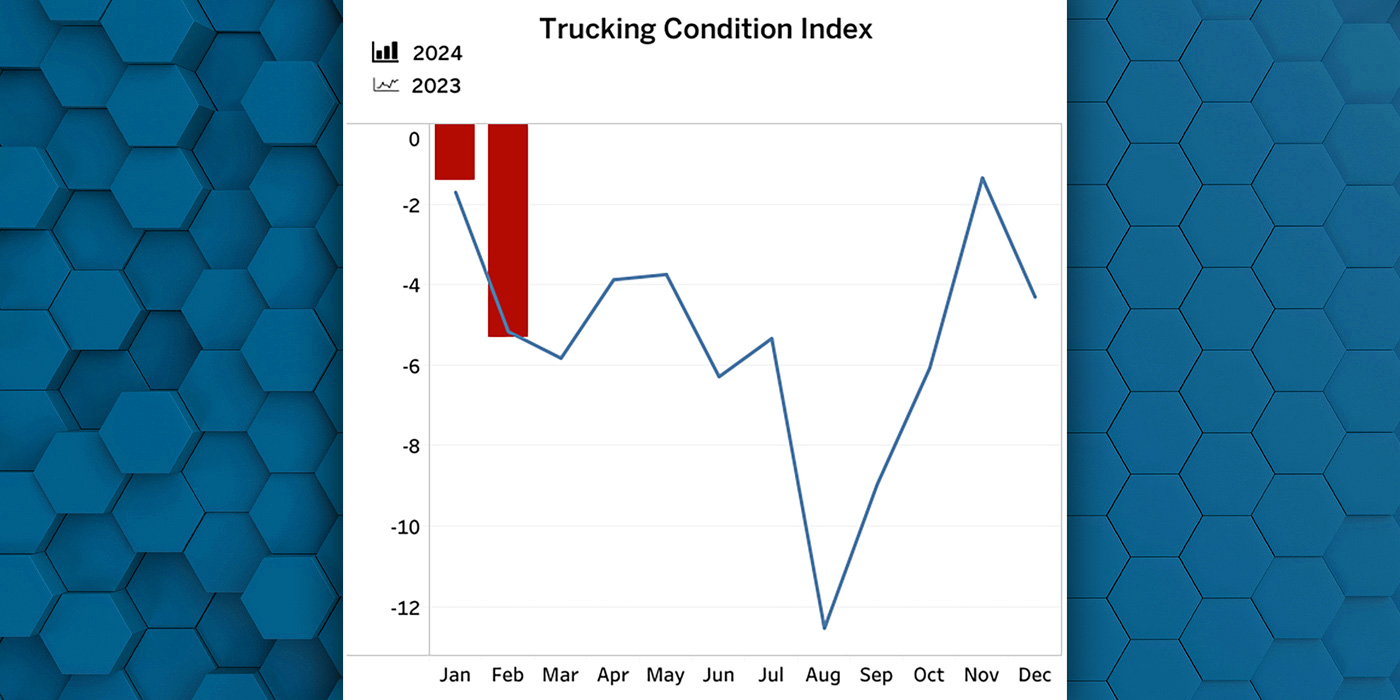Engine downspeeding is growing in popularity among fleets looking to squeeze more miles out of every gallon of fuel. By reducing the RPM of the engine, especially at highway cruising speeds, downspeeding allows the engine to cruise in its sweet spot, decreasing friction and increasing fuel efficiency. Current technology allows downsped engines to deliver a fuel savings of nearly $2,200 per truck every year.
An engine running at lower RPMs requires faster axle ratios to maintain the same vehicle speed and performance in all driving conditions, which generates significantly higher torque stresses in the drivetrain. Torque loads in the driveline increase by 57% when the engine’s RPM at cruise speed is reduced from 1,450 RPM for the typical engine to 1,125 RPM for a downsped engine.
Dana Holding Corp. recommends a tandem axle incorporating numerous innovations to improve performance in a high-torque environment, including:
- More capable primary gear, achieved through wider face gearing with longer tooth length for lower contact and bend stress; and rigid ring gear mounting that eliminates joint loosening;
- More capable input shaft and pinion splines;
- More capable input and pinion bearings; and
- Faster ratios to match intended operating speeds.
The other piece of this solution is a driveshaft and inter-axle shaft engineered to maximize the efficiency and durability of the tandem axle with:
- A larger U-joint cross engineered for high strength;
- Larger bearings with greater capacity; and
- A high-density package to fit within the existing design envelope.
The trend toward engine downspeeding is gaining momentum and the key to ensuring the greatest return on your investment is a durable, reliable driveline solution.


